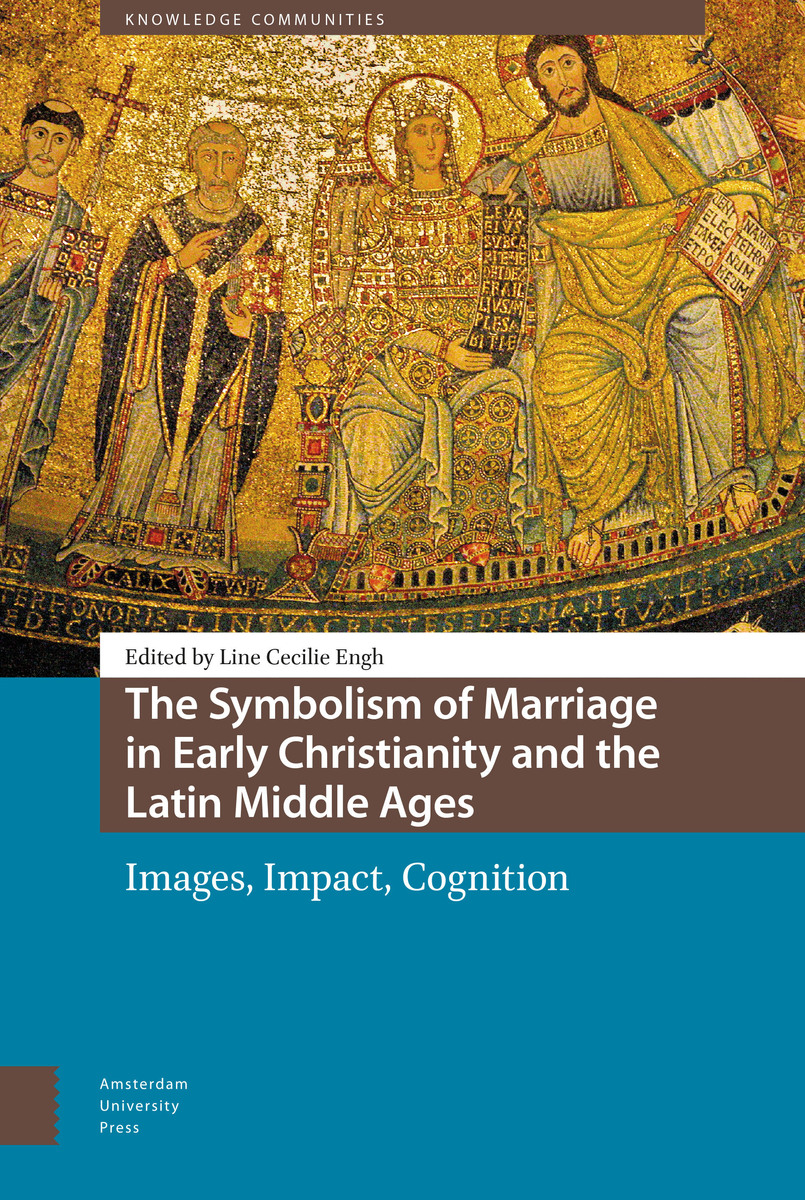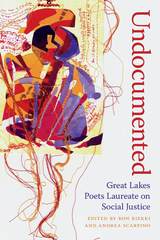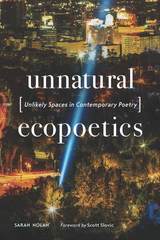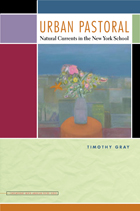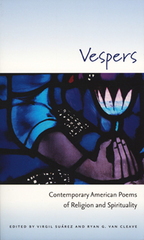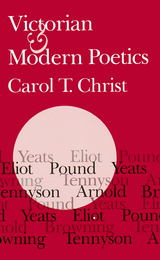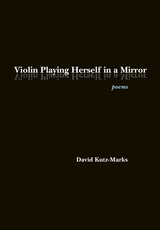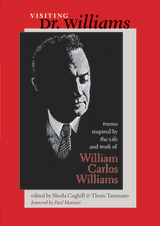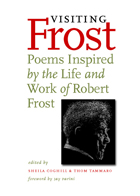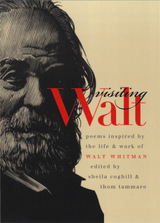The Symbolism of Marriage in Early Christianity and the Latin Middle Ages: Images, Impact, Cognition
Amsterdam University Press, 2019
eISBN: 978-90-485-3715-0
See other books on: Christian Living | Images | Marriage | Marriage & Family | Symbolism
See other titles from Amsterdam University Press
eISBN: 978-90-485-3715-0
ABOUT THIS BOOK | AUTHOR BIOGRAPHY | TOC
ABOUT THIS BOOK
In the Middle Ages everyone, it seems, entered into some form of marriage. Nuns -- and even some monks -- married the bridegroom Christ. Bishops married their sees. The popes, as vicars of Christ, married the universal Church. And lay people, high and low, married each other. What united these marriages was their common reference to the union of Christ and Church. Christ™'s marriage to the Church was the paradigmatic symbol in which all the other forms of union participated, in superior or inferior ways. This book grapples with questions of the impact of marriage symbolism on both ideas and practice in the early Christian and medieval period. In what ways did marriage symbolism -- with its embedded concepts of gender, reproduction, household, and hierarchy -- shape people™'s thought about other things, such as celibacy, ecclesial and political relations, and devotional relations? How did symbolic cognition shape marriage itself? And how, if at all, were these two directions of thinking symbolically about marriage related?
See other books on: Christian Living | Images | Marriage | Marriage & Family | Symbolism
See other titles from Amsterdam University Press
